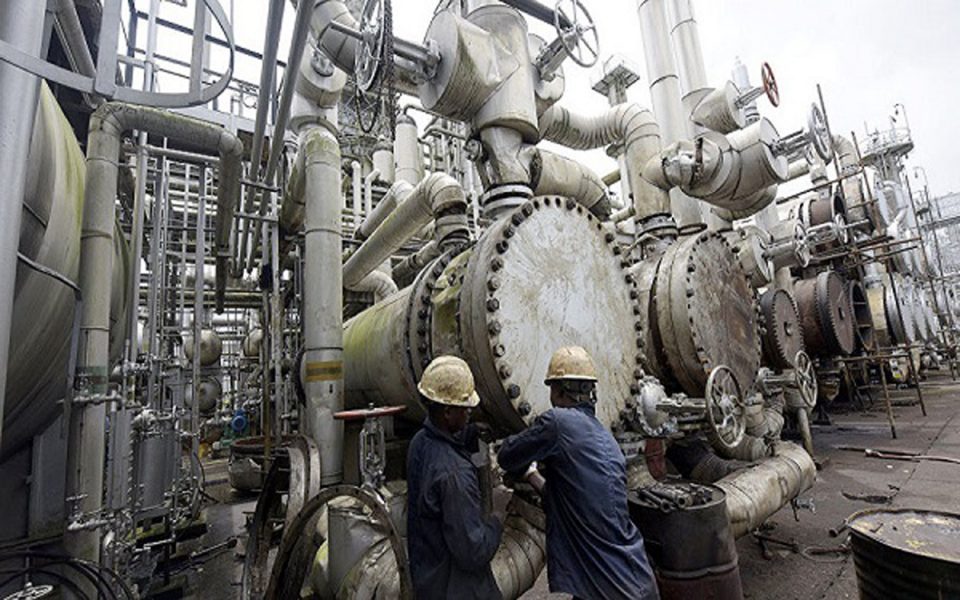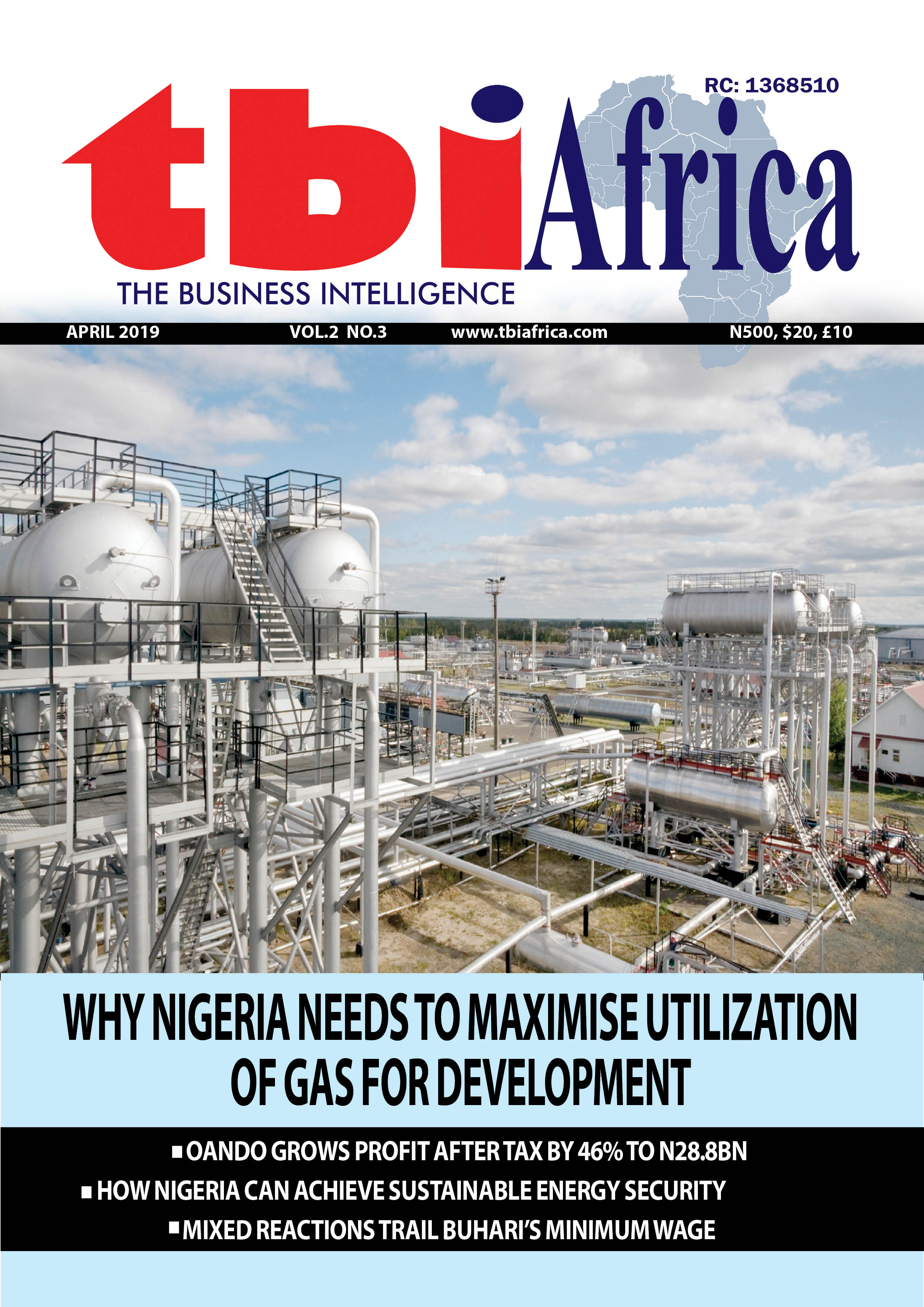Photo caption: Refinery
Refiners across the globe are reaping unexpected profits from producing key fuels in recent weeks, offering an ailing sector respite before an anticipated weakening later this year, as plant closures have tightened fuel supply needed to meet peak summer demand.
The strength in fuel markets contrasts with crude oil prices falling to a four-year low in May, after OPEC+ unwound output cuts faster than planned. It also suggests demand has so far proved resilient despite ongoing concerns about the impact of tariffs.
“Margins are strong because the balance of products – supply and demand – is still tight,” said Sparta Commodities analyst Neil Crosby.
Refining margins reflect the profits a plant makes from processing crude oil into fuels such as gasoline or diesel.
Just a few months ago, oil majors were warning 2025 would be a bleak year for refining. TotalEnergies and BP reported lower first-quarter profits because of weaker earnings from fuels.
Refiners have broadly struggled with waning demand from economic slowdowns, an increasing uptake of electric vehicles, and competition from newer plants in Asia and Africa.
Global composite refining margins reached $8.37 per barrel in May 2025, according to consultancy Wood Mackenzie, their highest since March 2024, but still much lower than the $33.50 average in June 2022 during the post-pandemic demand recovery and in the wake of Russia’s invasion of Ukraine.
Closures in the United States and Europe have slowed global net refinery capacity growth below demand growth, helping to make operational refineries relatively more profitable.
Global diesel supply could decline by 100,000 barrels per day (bpd) year-on-year in 2025, while demand will drop 40,000 bpd, according to energy consultancy FGE. Gasoline supply will decline by 180,000 bpd, with demand rising by 28,000 bpd.
“We are therefore seeing a tighter product market for key transport fuels which is exerting upwards pressure on margins, much to the relief and joy of regional refiners,” said FGE’s head of refined products Eugene Lindell.
Refiners of all fuel-producing configurations are benefitting from current margins, FGE’s head of refining Qilin Tam added, as light fuels such as gasoline and heavy products like fuel oil have recently increased.
In Europe, closures include Petroineos’ Grangemouth refinery in Scotland and Shell’s Wesseling facility this year, as well as a part closure of BP’s Gelsenkirchen refinery.
In the U.S., LyondellBasell’s Houston refinery was shuttered this year, while Phillips 66’s Los Angeles refinery and Valero’s Benicia refinery are set to close in October 2025 in April 2026 respectively.
Unplanned refinery shutdowns have also compounded the impact of closures.
A power outage across the Iberian peninsula on April 28 took around 1.5 million bpd of refinery capacity offline, JPMorgan noted, with 400,000 bpd of that still shut in two weeks later.
Two of the world’s major new refinery projects, Nigeria’s giant Dangote refinery, and Mexico’s Olmeca refinery, both had unplanned outages on gasoline-producing units in April.
TIGHTER BALANCES
Fuel inventories at key hubs have declined this year, creating extra demand for refinery production heading into the peak summer season.
Stocks in the OECD region, which includes the U.S., EU and Singapore, fell by 50 million barrels over January-May, according to JPMorgan analysts.
“This significant reduction in product stocks has underscored the resilience in product prices,” the analysts said.
Global fuel demand in the northern hemisphere is highest in summer as motoring and air travel increase. In the Middle East, heavy fuel oil demand peaks in summer to meet cooling demand when temperatures soar.
“Strength in the northern hemisphere summer demand growth is where we see some support to margins,” said Rystad Energy analyst Janiv Shah.
U.S. refining executives have been upbeat on demand, while noting relatively low stocks.
“Our current gasoline supply outlook is for those inventories to continue to tighten,” Phillips 66 executive vice president Brian Mandell said on the firm’s first-quarter earnings call.
Marathon Petroleum’s domestic and export businesses were seeing steady demand for gasoline, and growth for diesel and jet compared to 2024, CEO Maryann Mannen said on its earnings call.
However, analysts have warned that the current strength may soon fade as demand is hit by trade wars, and as fuel production rises as plants look to profit from higher margins.
“We have the view that there is a bit of a short-term bump,” Wood Mackenzie analyst Austin Lin said.
Global oil demand growth is set to average 650,000 bpd for the remainder of 2025, falling from just short of 1 million bpd in the first quarter as trade uncertainty weighs on the global economy, according to the International Energy Agency.
“Refiners should be hedging everything now, as I think this is as good as it gets for them,” a veteran oil trader, who asked not to be named, added.
=== Reuters ===



